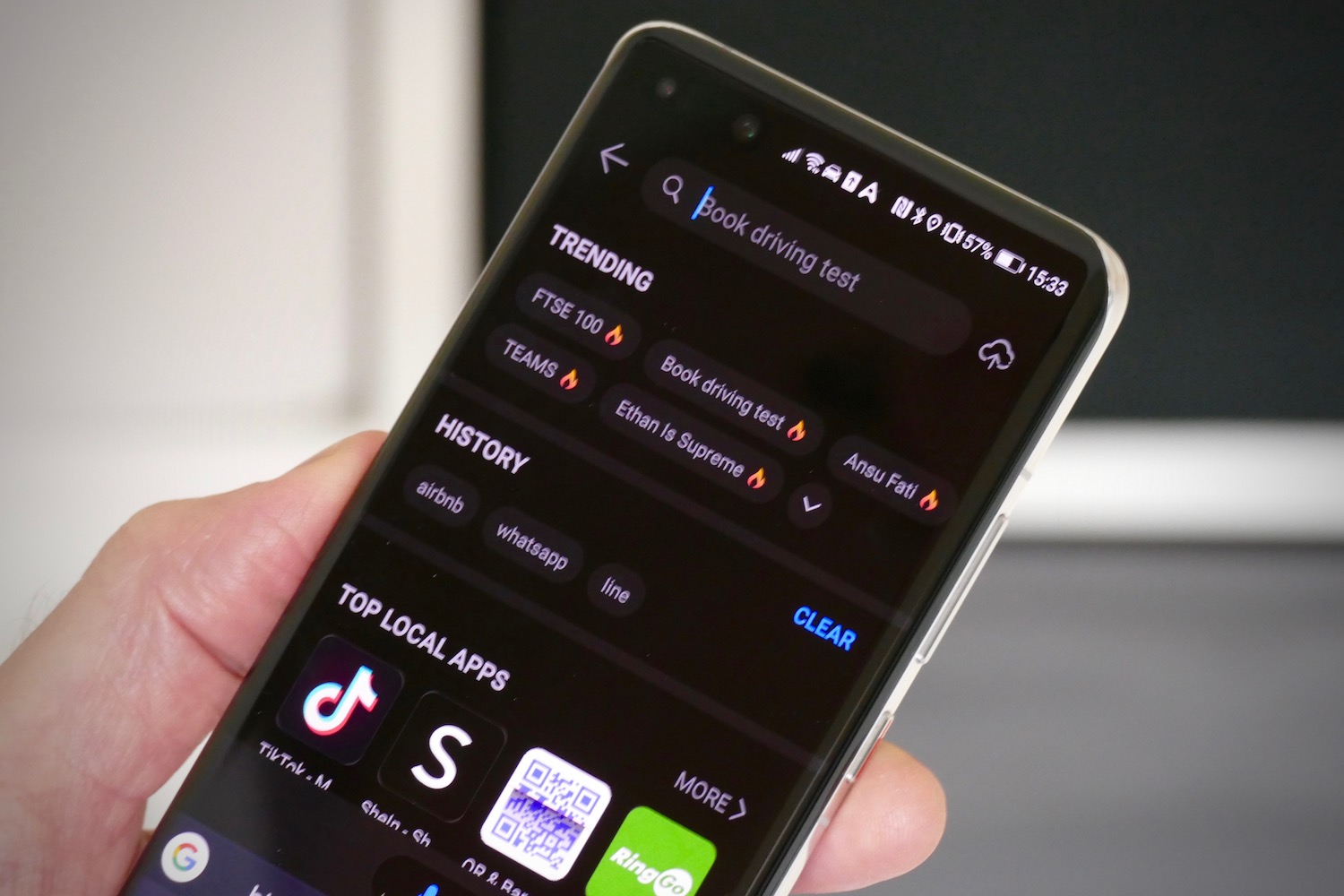Huawei has quietly launched its own Google Search competitor, born from its recently introduced Petal Search app. Petal Search launched in June 2020 as a way to quickly find apps for a new Huawei phone. It was an important, helpful step toward smoothing the transition from a Google Play- or Apple App Store-equipped phone, to one with Huawei’s Mobile Services (HMS) and the AppGallery store. However, it’s now time for Huawei to show what the app is really all about: It’s the HMS alternative to Google Search.
This isn’t a huge surprise. Since losing access to Google Mobile Services (GMS), Huawei has been working on its own replacements for the apps it didn’t already have in its arsenal, such as maps, so a wider search system makes sense. Anyone who has tried Petal Search would have also seen it already crawled for news, and returned results for images and shopping in addition to apps.

Petal Search is a full search engine where you can go for news, shopping, images, flights, and plenty more, including apps to install on your phone. The focus will be on news, shopping, travel, and local business results. Huawei has focused on making HMS and the App Gallery relevant to specific local markets since the beginning, so efforts to attract local partners for search fits in with its overall strategy.
Wondering how it will work? Huawei says its own technology will be used to in several regions, where its PetalBot will crawl and index the web for results. Elsewhere, other partners will be more heavily involved, with the French search engine Qwant specifically mentioned. Huawei isn’t planning on using a single provider for its results.

Petal Search has visual and voice search functions, with Huawei already having a visual search tool — HiTouch — in its arsenal. Its extensive artificial intelligence (A.I.) expertise will also be a feature in Petal Search. It’s all accessed through a dedicated app, or as a widget on the home screen, just like Google’s own search bar on an Android phone with GMS.
In the future, Petal Search will be available throughout EMUI, including the pull-down search menu and likely through its Celia virtual assistant. These features will be introduced gradually, with Huawei promising new features arriving each month. On the privacy side, Petal Search’s activities are under the user’s control, plus it’s General Data Protection Regulation-compliant, part of the IWF Safe Search initiative, and also adheres to copyright guidelines. There’s an incognito mode too.
What about ads? After all, that’s what makes search a viable business model. Ads may come later, Huawei told Digital Trends, but for now the priority is to build the experience itself.
Petal Search is already available on all modern Huawei smartphones, but the full search experience is gradually being launched in particular regions, with Huawei mentioning Spain and Turkey as initial test locations. The blossoming of Petal Search from app locator to full Google Search competitor is another key part of the evolution of HMS, and while it will take time to fully bloom, it’s further evidence of Huawei’s commitment to quickly building its own mobile ecosystem.


